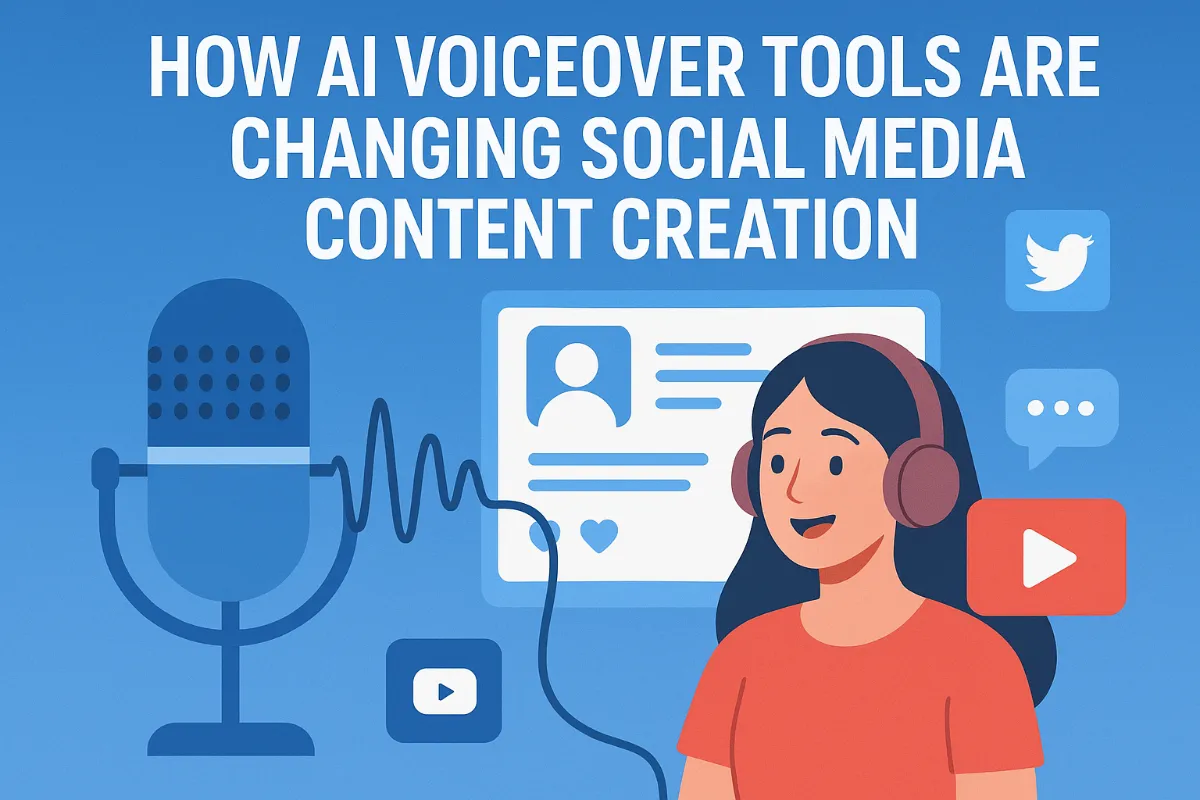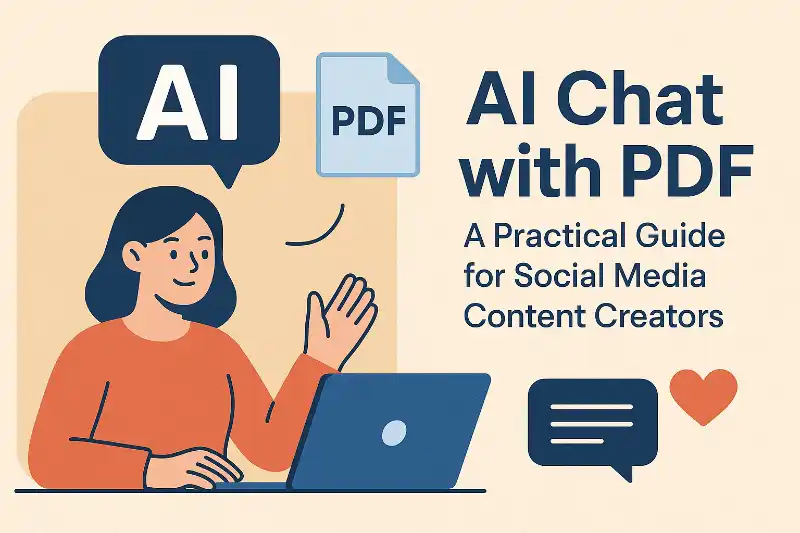Understanding Generative AI and Its Applications
TL;DR
What is Generative AI, Really?
Generative AI, huh? It's like teaching a computer to paint, but instead of copying, it creates something new. Pretty wild, right?
At its core, generative ai whips up fresh content using what it's already learned. It's not just regurgitating data; it's remixing it, like a dj with mad skills. This means it's not just spitting back what it saw, but actually combining and transforming that information into something novel.
This differs from your typical ai, which is all about spotting patterns and making predictions. Think of it this way: regular ai is like a detective solving a case, while generative ai is a novelist writing a new story.
Generative ai's range is kinda mind-blowing, spanning text, images, music, and even code. It's like a digital swiss army knife for creativity.
It's powered by machine learning models, often neural networks or transformers, that've been crammed with tons of information. (Why the deep learning boom caught almost everyone by surprise) Imagine showing a kid a million pictures of cats, then asking them to draw one.
These models sniff out patterns and relationships in the data. (How AI Is Finding Patterns And Anomalies In Your Data - Forbes) It's like learning the rules of grammar so you can write your own sentences.
Then, it spits out something original based on those patterns. It's not copying; it's creating something new from scratch.
Traditional ai? That's all about crunching numbers to make predictions. Think fraud detection in finance or predicting customer churn in retail. For example, early models might have done statistical analysis on sales figures to forecast future trends.
But generative ai? It's building something new, creating content where none existed before. Like designing new drugs in healthcare or crafting personalized ads in marketing.
So, think of it this way: traditional ai understands, generative ai creates. It's the difference between reading a book and writing one.
Next up, let's dive into some real-world examples of how generative ai is shaking things up.
A Quick History of Generative AI
Okay, so generative ai history isn't, like, ancient history. More like a recent glow-up!
- Early models crunched numbers, but didn't really create anything you'd notice. Think spreadsheets, not sonnets. They were more about statistical analysis or basic pattern recognition in numerical data.
- Then came neural networks, which are basically baby brains for computers. They learned stuff, laying the groundwork for what was to come.
- But the real game-changers? Generative Adversarial Networks (gans) and transformers. These things are like the secret sauce.
So, yeah, things got interesting.
Understanding VAEs and Transformers
These two, VAEs and transformers, are kinda a big deal in the generative AI world.
Variational Autoencoders (VAEs) are a type of neural network. Think of them as learning to compress data into a "latent space" – basically, a condensed representation of the important features. Then, they learn to decompress that representation back into something that looks like the original data. The "variational" part means they introduce a bit of randomness, which helps them generate new, similar data rather than just memorizing. It's like learning the essence of a cat's appearance so you can draw new cats that look believable.
Transformers, on the other hand, are particularly good at handling sequential data, like text. They use a mechanism called "attention" which allows them to weigh the importance of different parts of the input sequence when processing it. This is why they're so powerful for language models – they can understand context and relationships between words much better than older models. Think of it like reading a long sentence and knowing which words are most important for understanding the meaning.
Applications for Content Creators and Marketers
Okay, so you're a content creator or marketer, and you're probably wondering how generative ai can actually help you, right? It's not just hype; it's a real tool.
First off, drafting blog posts and social media updates becomes way faster. Imagine having a rough idea and ai fleshing it out in minutes. It's like having a writing assistant that never sleeps.
Then, there's the a/b testing angle. Instead of slaving over slight variations of copy, generative ai can spit out a bunch for you. Throw 'em into your testing platform and see what sticks.
And, honestly, sometimes you just get stuck. ai can be a killer idea generator when you're staring at a blank screen. It's not always gold, but it's a starting point.
Unique social media graphics? ai can do that too. No more endless scrolling through stock photos that everyone else is using.
Need different sizes or styles of an image for different platforms? ai can generate variations without you re-doing everything from scratch.
And if you're mocking up a website or app, ai can help you design quick prototypes. It's not gonna replace a designer, but it's great for getting ideas down fast.
One of the biggest things is tailoring content to different audiences. You can feed the ai info about your segments and get copy that speaks directly to them.
This is huge for email campaigns and landing pages. Imagine personalized subject lines and content that actually resonate.
- Generative AI is really good at implementing personalization at scale. By analyzing user data and preferences, it can create tailored marketing messages, product recommendations, and even unique content pieces for individual customers or specific audience segments, making campaigns much more effective.
- And if you're selling stuff online, ai can generate product descriptions that are way more engaging than the usual boring bullet points.
It isn't perfect; you still need a human touch, but it gets you moving faster.
Beyond Marketing: Other Industries Using Generative AI
Generative ai isn't just for marketers anymore, you know? Other industries are jumping on the bandwagon, and it's actually pretty cool to see what they're doing with it.
- Healthcare's getting a boost - Think faster drug discovery and super-personalized treatment plans. Not just "take two of these," but plans tailored to your genetic makeup.
- Manufacturing's getting smarter - Generative ai is speeding up design processes and helping predict when machines need maintenance. No more surprise breakdowns!
- Finance is getting fancy- ai can create investment strategies and improve how they communicate with clients. Which, let's be honest, could use some help sometimes.
Seems like everyone's finding a use for it, huh?
Ethical Considerations and Challenges (the Not-So-Fun Part)
Generative ai is kinda like that magic trick everyone's talking about, right? But behind the "wow" factor, there's some serious stuff to consider. It ain't all sunshine and rainbows, y'know?
One biggie is algorithmic bias. These AI models learn from data, and if that data's skewed, the AI will be too. Think about it: if an ai is trained mostly on data about one group of people, it might not work so well for others. For example, an image generation AI trained on a dataset with very few images of women in leadership roles might struggle to create realistic images of female CEOs.
And then there's the whole misinformation thing. ai can whip up fake news or deceptive content super easily. It's getting harder to tell what's real and what's not, and that's kinda scary.
Oh, and don't even get me start on copyright. Who owns the stuff ai creates? It's a legal minefield. Like, if an ai uses someone else's work to make something new, is that copyright infringement? It's all kinda messy, and the legal landscape is still figuring itself out.
Then we got data privacy. ai needs tons of data to train, and sometimes that data is, sensitive. It needs large datasets to learn complex patterns and generate realistic outputs. How do we protect people's info while still letting ai do its thing?
Plus, there's the security angle. ai-generated content could be used for phishing scams or identity theft. We gotta be careful out there.
According to aws, data privacy and security concerns arise if proprietary data is used to customize generative AI models.
So, what's the takeaway? Generative ai is cool, but it's not without its problems. We need to think about the ethical stuff and make sure we're using this technology responsibly. Otherwise, we might end up with a real mess on our hands.





